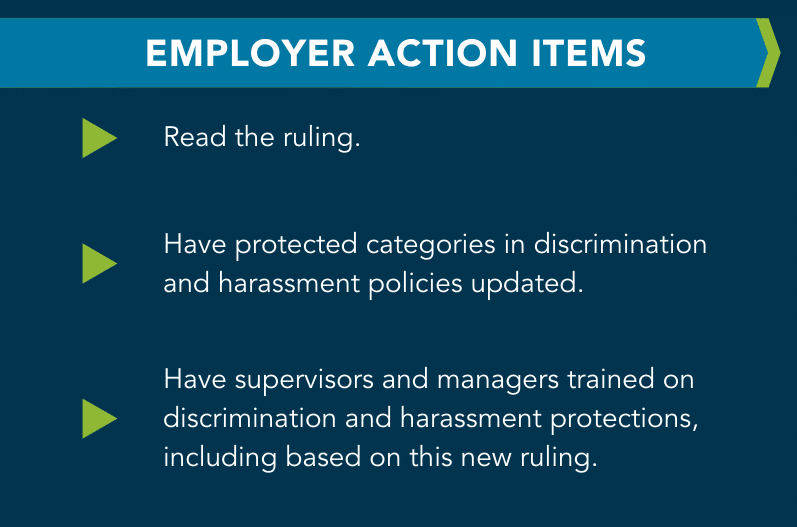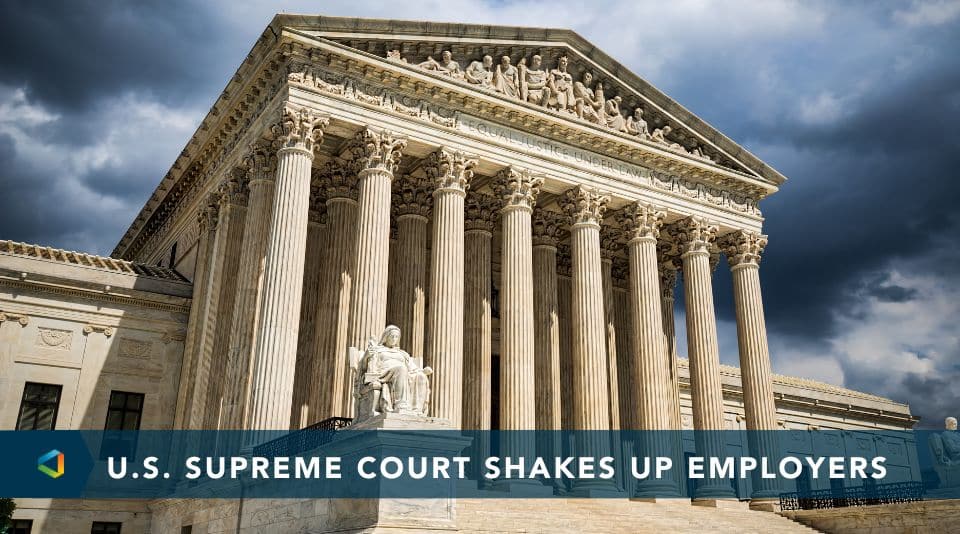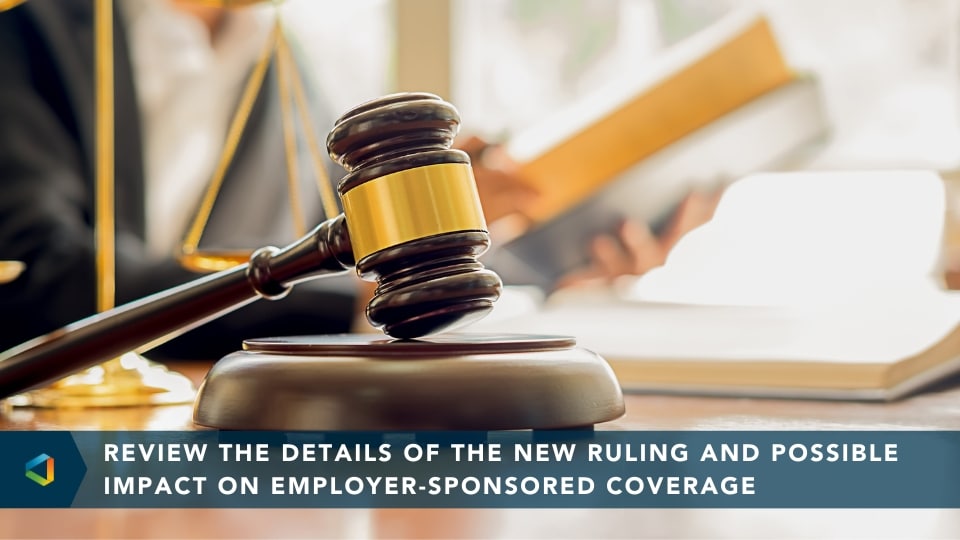Compliance Confidence
U.S. Supreme Court Protects LGBTQ+ Rights in the Workplace
U.S. Supreme Court Protects LGBTQ+ Rights in the Workplace
In Bostock v. Clayton County, the U.S. Supreme Court said that sex discrimination under Title VII of the Civil Rights Act of 1964 prohibits discrimination on the basis of sexual orientation and transgender status. The Court stated that “[a]n employer who fires an individual for being homosexual or transgender fires that person for traits or actions it would not have questioned in members of a different sex.”
There has been a split among the federal circuit courts on the interpretation of “sex” under Title VII and what it covers. The Supreme Court acknowledged that Title VII was likely not written with the intent of protecting sexual orientation or transgender status, but it was also not likely originally written to protect discrimination on the basis of motherhood or prohibit the sexual harassment of male employees – yet it has been interpreted to protect individuals on these bases. The Supreme Court stated that “the limits of the drafters’ imagination supply no reason to ignore the law’s demands.”
The Bostock ruling addresses three different cases from the Second, Sixth, and Eleventh Circuit courts, with the Eleventh Circuit coming to a different conclusion than that of the Second and Sixth Circuit courts. In each case, a long-time employee was terminated shortly after revealing their LGBTQ+ status. In weighing how to interpret the statute, the Supreme Court said that “the question isn’t just what ‘sex’ meant, but what Title VII says about it.” Specifically, Title VII prohibits employers from taking certain actions “because of” sex, which also includes the meanings “by reason of” or “on account of.” This is a “but-for” causation standard, which “means a defendant cannot avoid liability just by citing some other factor that contributed to its challenged employment decision. So long as the plaintiff’s sex was one but-for cause of that decision, that is enough to trigger the law.” (Emphasis added.) The employee’s “sex need not be the sole or primary cause of the employer’s adverse action.”
Ultimately, the Court sums up the rule that an employer who intentionally treats a person worse because of sex— such as by firing the person for actions or attributes it would tolerate in an individual of another sex—discriminates against that person in violation of Title VII.”
For example, “an employer with two employees, both of whom are attracted to men. The two individuals are, to the employer’s mind, materially identical in all respects, except that one is a man and the other a woman. If the employer fires the male employee for no reason other than the fact he is attracted to men, the employer discriminates against him for traits or actions it tolerates in his female colleague.”
This ruling eliminates the split in authority across the country, providing one interpretation for employers to follow. Although these three employers acknowledged that termination was based on the individual’s LGBTQ+ status, the case also highlights the need for employers to document the legitimate bases for disciplinary or adverse actions taken against employees and job applicants, and to educate supervisors and managers on appropriate and inappropriate adverse employment actions.
Read the Ruling: BOSTOCK v. CLAYTON COUNTY, GEORGIA





